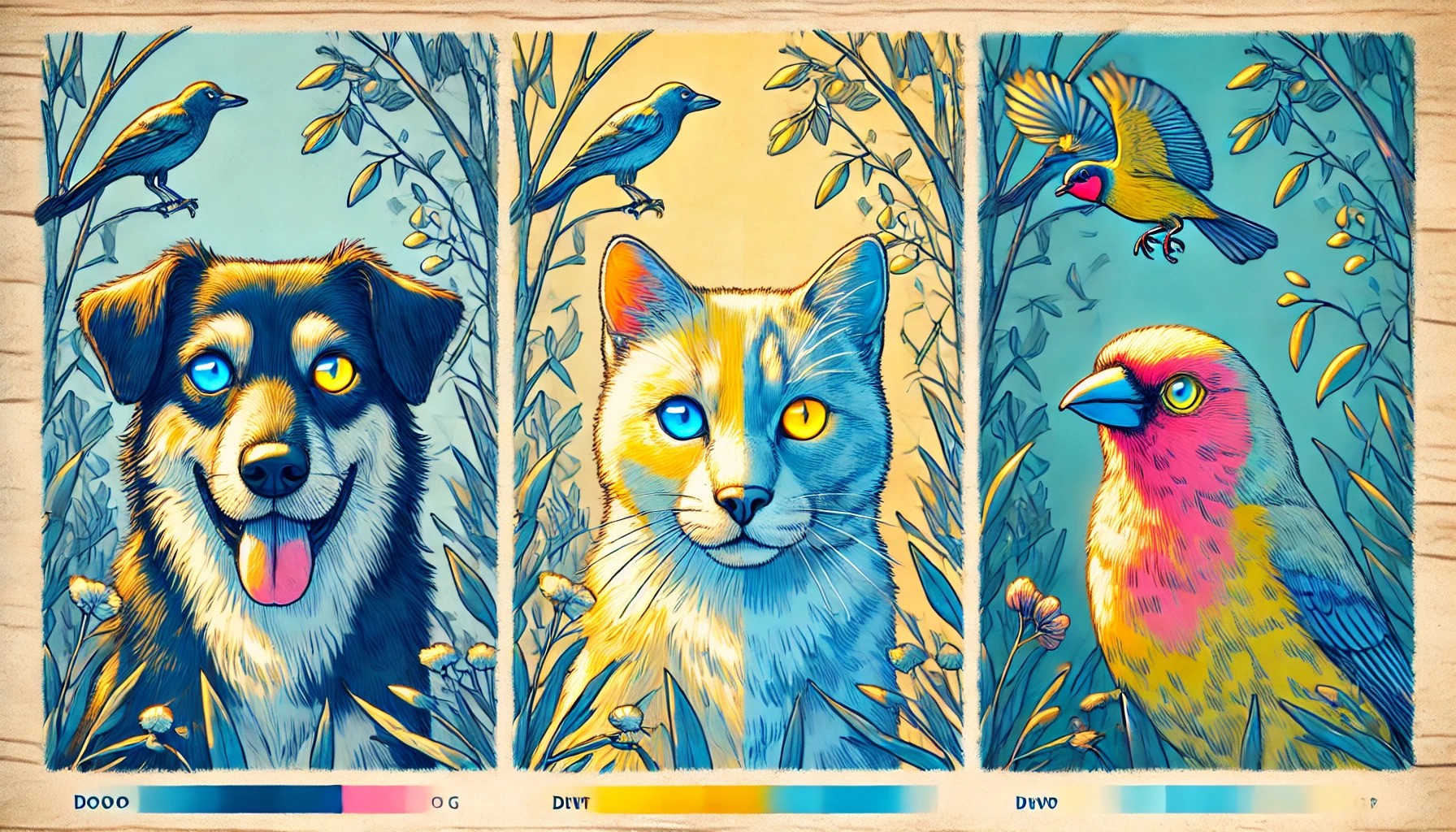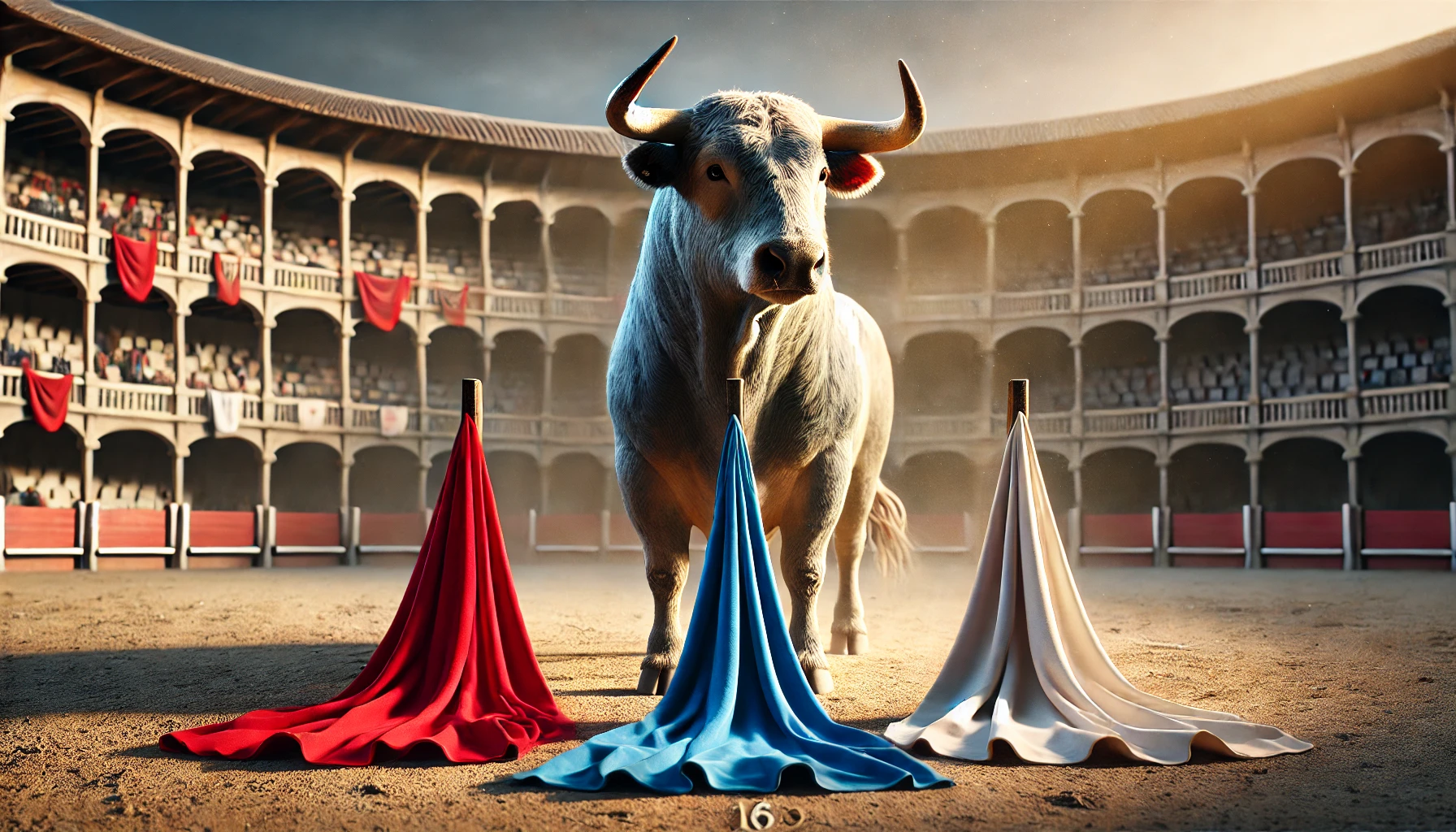Do Animals Really See the World Like Humans Do? The Truth About Animal Vision
Have you ever wondered if animals see the world the same way humans do? Do cats really see in black and white? Can dogs only see shades of gray? We humans often assume that animals experience the world exactly as we do, but the truth about animal vision may surprise you.
In this post, we’ll debunk some common myths about how animals see the world. And yes, we’ll revisit the myth about bulls and the color red to show how unique animal vision truly is.
How Animals See the World
Animals perceive colors, light, and movement differently based on their environment and biology. While humans have trichromatic vision (red, green, blue), many animals have unique ways of “seeing.”
- Dogs: Dogs have dichromatic vision, meaning they see primarily shades of blue and yellow. They cannot distinguish red from gray or brown.
- Cats: Cats have fewer color-detecting cells (cones) than humans. While they see some colors, they excel in low-light vision, which helps them hunt at night.
- Birds: Birds often have tetrachromatic vision, which allows them to see ultraviolet light—something humans can’t perceive at all.
- Bulls: Like other cattle, bulls have dichromatic vision and cannot see red. To them, a bright red cape appears as a shade of gray.
Common Myths About Animal Vision
Myth 1: Dogs See in Black and White
Many people believe dogs only see the world in black and white. However, research shows that dogs can see blue and yellow. While they don’t see the full spectrum of colors like humans, their vision is far from colorless.
Myth 2: Cats Have Super Night Vision
It’s often said that cats have “night vision” superpowers. While cats do have exceptional vision in low-light conditions, they cannot see in total darkness. Their large eyes and reflective retina help them gather more light, which aids nighttime hunting.
Myth 3: Bulls React to the Color Red
In our previous post, we debunked the popular myth that bulls get angry at the color red. The truth is, bulls cannot see red at all—they react to the movement of the cape, not its color. This is a perfect example of how animal vision works differently from ours.
Why Understanding Animal Vision Matters
Knowing how animals see the world can help us better care for them and understand their behavior. For example:
- Pet Care: Understanding a dog’s limited color vision can help you choose toys or accessories they can easily see.
- Wildlife Observation: Learning how birds or deer perceive their surroundings can improve wildlife photography or conservation efforts.
- Myth-Busting: Debunking myths like “bulls hate red” helps us spread accurate, science-based knowledge.
Final Takeaway: Animals See Differently Than Humans
To sum it up, animals see the world in unique ways. Some see fewer colors, others see better in the dark, and some even see light we can’t perceive. The next time someone says, “Dogs see in black and white” or “Bulls hate red,” you’ll know the truth!
What’s a myth about animals you’ve heard before? Share it in the comments, and we’ll uncover the truth!



Post Comment